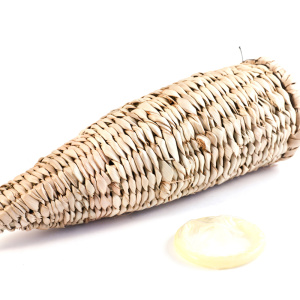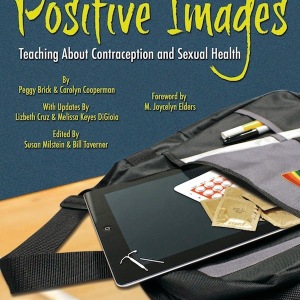
I love history, the kind of history that offers meaningful, engaging, contextualizing information about something relevant to my current life and culture. I hate the kind of history that has devolved into a list of facts and names that I can’t connect to. I’m glad that there are people out there who enjoy that kind of history, and I’m happy to let them get their geek on about it. But for me? I need something more. Or, at least, I need history about something I can get my sex ed geek on about.
Which is why this lesson from Positive Images is one I just sat down and read, front to back, and loved it.
CONTRACEPTION IN PERSPECTIVE
A History of Birth Control
Objectives
By the end of the lesson, participants will be able to:
- Understand that throughout history people have made efforts to control their fertility.
- Recognize that effective contraception technology is recent, and research to develop methods that are more effective and more acceptable still continues.
- Address their own attitudes about overcoming obstacles to birth control.
Rationale
Few people are aware of the long history of human efforts to control fertility or of the long struggle to make contraceptive information and services available to people who want and need them. This lesson helps participants develop an awareness that throughout history attitudes and values about sexuality, as well as contraceptive technology, have affected the development, availability, and use of birth control. The lesson makes participants aware that, although imperfect, the methods now available give people far greater opportunity to control their sexual and reproductive lives than ever before.
Would my students love it and connect with it? They would probably connect with different parts of it. The four-page handout that outlines the history of birth control probably wouldn’t resonate strongly with the younger students, but the older students would probably read it with interest. The What Would You Do activity would do a great job of meeting young people and engaging them in a real consideration of contraception across history. In this activity, participants are asked to go to stand in one of four places in the room based on their answers to a series of questions:
What would you do…
If you live in ancient times. Your contraception choices are:
- Crocodile dung, mixed to paste and inserted in vagina.
- A magical or folk belief: rocking and jumping after intercourse.
- Abstinence.
- Doing nothing to prevent pregnancy.
You live in 1920 and “Comstock Laws” prohibit information and services for contraception. Would you:
- Advise people to get a method from a private doctor and use in secret?
- Write a letter to the editor protesting the laws?
- Join a protest march supporting Margaret Sanger’s efforts?
- Do nothing — support the status quo?
And so on. Great questions! And how much fun will students have debating about whether they will be willing to use crocodile dung??





